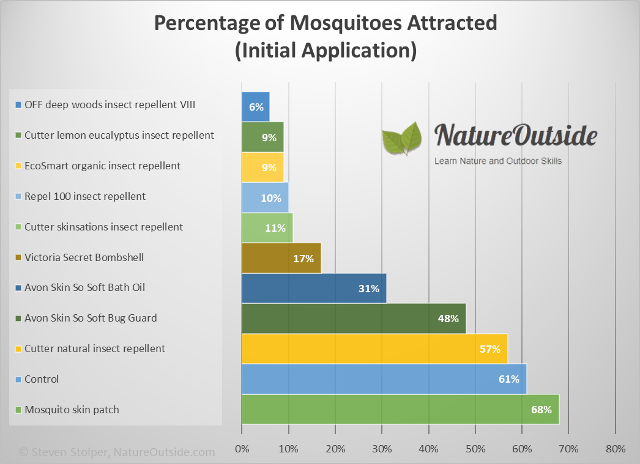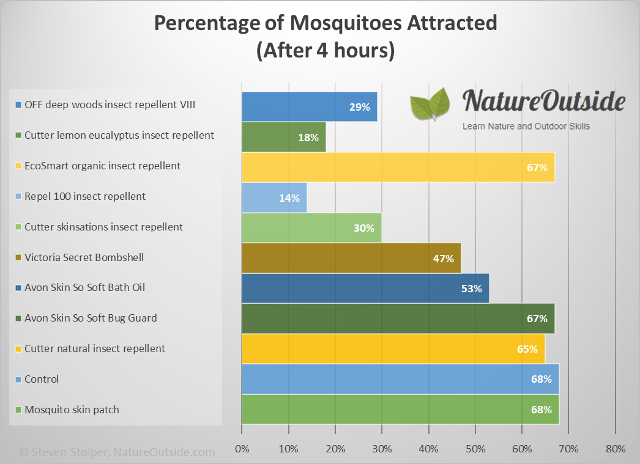
Female Anopheles freeborni taking a blood meal from a human host. She pumps the ingested blood through her “labrum”, which is visible here as a thin red, “needle-like” structure between the mosquito’s head and the host’s skin. Photo courtesy of the CDC.
I just returned from a journey into Yosemite’s high country.
Among the highlights of my trip were visits to alpine lakes. Some were dominated by rocky peaks with snowfields running down to their shores, even in summer. Others were grassy, surrounded by marshy meadows of ankle-deep water.
The latter, especially attracted mosquitoes. And both guide books and fellow hikers warned me about them. As I hiked, I kept hearing complaints about mosquitoes from hikers traveling in the opposite direction. I watched them spray each other with a witch’s brew of aerosols.
Yet I was unscathed. I wore no bug repellent on my skin. But I treated my hiking clothes with Permethrin before the trip. Permethrin is a synthetic form of the naturally occurring insecticide, pyrethrum, which comes from Chrysanthemums. I use it because it kills ticks, which I fear more than mosquitoes.
But soon I will be in Alaska. And I’ve heard the old joke that the mosquito is Alaska’s State Bird. So, I decided to look into mosquito repellents to see which ones were most effective. Here is what I found.

Lake Elizabeth in Yosemite’s high country
This article contains affiliate links.
The Most Popular/Effective Repellents
Let’s examine the most popular ingredients in insect repellents. Note that the information below applies only to Adults! Children, especially infants, have different guidelines. This is because children have a greater skin to body-weight ratio. So they absorb proportionally more of the active ingredient through their skins.
DEET
The U.S. military developed DEET in 1944. And studies show it is the most effective repellent commercially available today. It appears to confuse insects by jamming their odor receptors.
You lather DEET-based repellents onto your skin like sunscreen. Formulations having a higher concentration of DEET aren’t more effective, but they last longer on your skin.
The toxicity of DEET is unclear and is still under investigation. The skin does absorb DEET, but the kidneys remove it from the body.
Many people are put-off by DEET because it can melt plastic in outdoor clothing and gear. You should be careful to keep DEET-based repellents away from your polyester clothing.
The Indiana University Health Center Travel Clinic recommends 20 –35% DEET to achieve a balance between convenience, protection and safety. Newer slow-release formulas allow these low concentrations to remain effective for longer.
Picaridin
Picaridin was invented in Europe around 1998. It’s been available in U.S. since 2005. Studies show that Picaridin based-repellents are as effective as DEET. But they have fewer of DEET’s unpleasant qualities. Picaridin does not have an odor and does not melt plastics. And many people say it feels better on their skin.
I have not used Picaridin, but plan to try some on an upcoming trip to Alaska.
Permethrin
Permethrin-based repellents are for use on clothing only, not on skin. You treat your clothing and let it dry fully before you wear them. Permethrin deters mosquitoes, ticks and other insects. It’s deadly to ticks if they land on your treated clothing.
Oil of Lemon Eucalyptus
This is a commercially synthesized version of oil of lemon eucalyptus. It is not an essential oil from a plant. In concentrations of 30% or more it may be effective for up to 6 hours. Even though some products containing this chemical have the words “plant-based” or “botanical” on the label, treat them with the same caution as products containing the other chemicals mentioned above.
Comparison of Mosquito Repellents
A 2015 study examined popular repellents on the market that contained the chemicals, above. It also looked at some of what I call “folklore products.” These are skin products developed for other uses that people swear-by for mosquito protection. Here are the results:

Mosquito repellent effectiveness at the time of application. Values show percentage of mosquitoes attracted to the exposed hand. Data from the Journal of Insect Science1.

Mosquito repellent effectiveness after four hours. Values show percentage of mosquitoes attracted to the exposed hand. Data from the Journal of Insect Science1.
Of the top 5 performing products, three use DEET:
- OFF deep woods insect repellent VIII (25% DEET)
- Cutter lemon eucalyptus insect repellent (30% Oil of lemon eucalyptus)
- EcoSmart organic insect repellent (a mix of essential plant oils)
- Repel 100 insect repellent (98% DEET)
- Cutter Skinsations insect repellent (7% DEET)
Also notice that some of the top performers have drastically reduced effectiveness after four hours of wear. If you go for long hikes in mosquito country, you can’t just look at the top graph to make your decision.
The study has some shortcomings. It did not look at all the top chemicals like Permethrin and Picaridin. It also used a small sample size, and only two species of mosquito. And new products have appeared since the study was done.
But it should give you an idea what products may work for you. And as I mentioned earlier, I plan to try a Picaridin-based repellent on my next trip (combined with Permethrin on my clothing) and see how it works for me.
Additional Tips
Mosquitoes seek human targets using body heat, exhaled carbon dioxide, and odors. They can also bite through tight fitting clothing. Here are some tips based on information from Indiana University:
- Use unscented soaps and avoid perfume.
- Wear socks and shoes and long pants when outdoors.
- Dress in light colors. (I have heard that blue attracts mosquitoes)
- Use lightweight, loose fitting clothes that cover much of the body.
CDC Mosquito Bite Prevention Fact Sheet
Here’s a fact sheet on preventing mosquito bites from the CDC. Click the link to view it as a downloadable PDF.
Mosquito Bite Prevention Fact Sheet
Other Measures to Consider
For my trip to Alaska, I plan to bring a head net and a bug shirt, in case the mosquitoes get bad on the trail.
Bite Back
Hopefully these tips will help you avoid mosquito bites on your next outdoor adventure. My recommendation is that you look carefully at DEET, Picaridin, and Permethrin. These seem to be the most effective.
Do you have any tips for avoiding mosquitoes and other biting bugs? Share them in the comments below.
References
- The Efficacy of Some Commercially Available Insect Repellents for Aedes aegypti (Diptera: Culicidae) and Aedes albopictus (Diptera: Culicidae), Journal of Insect Science, Volume 15, Issue 1, 1 January 2015, 140
Related Articles on NatureOutside
16 Tips to Stay Cool on the Trail
Lost While Hiking – What to do if you become lost in the wilderness
3 clever tricks to use the sun while hiking
The 20 Highest Calorie Backpacking Snacks
For fun facts and useful tips, join the free Bushcraft Newsletter.



Leave a Comment